You probably know all of the big, important events in American History: The War of Independence, the Louisianna Purchase, the Civil War, the actions of the Civil Rights movement, the World Wars and so on. Here are ten interesting facts from American history that aren’t quite as well known.
-
Fireworks and celebrations
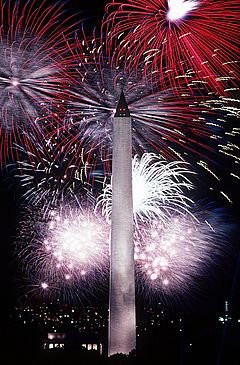
For many, fireworks are a big symbol of American culture and especially famous for the tradition of letting them off to celebrate the 4th of July. What you might not know, however, is that a British weapon called a “Congreve Rocket” – essentially a glorified firework – allowed the British to take Washington during the war of 1812, an event known as “The Burning of Washington”.
The Congreve Rocket was highly inaccurate and prone to malfunction, it is estimated that they were responsible for just 26 deaths during the battle, but to the untrained American soldiers it proved to be a terrifying weapon. They played a major role in the Battle of Bladensburg, where a British victory allowed them to take, sack, and burn Washington – the only time the city has been occupied by foreign forces.
-
“Turkish” lies as Coronado explores America
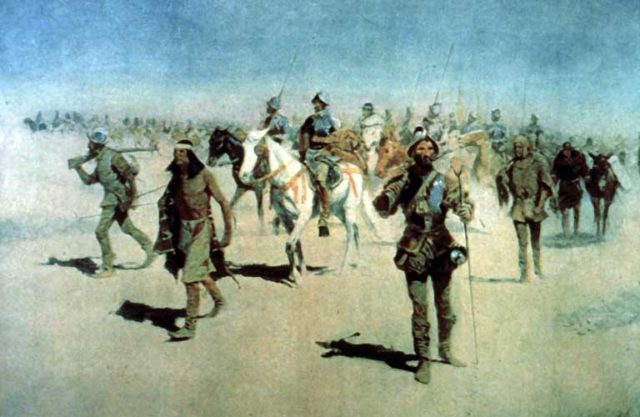
The name “Francisco Vasquez de Coronado” may well sound familiar. He was one of the first people to explore the American Southwest, on an expedition in search of the Seven Cities of Gold.
On his trip, Coronado’s party was accompanied by a Native American guide known as “the Turk”. The Spanish conquistadors exploited and took advantage of the native tribes, slaughtering and stealing from them when and as it suited them. Thus, The Turk resolved to lead the Spaniards astray in the hopes that they would become lost in the wilderness. He led them onto the great plains and away from his people, well aware that if his plan worked, he may never return.
Eventually, the Spanish discovered his deception and killed him, before heading back to New Mexico. The Turk is considered to be a Native American hero, as his actions saved his tribe from the aggression of the Spanish, at least for a while.
-
Popov and Pearl Harbor
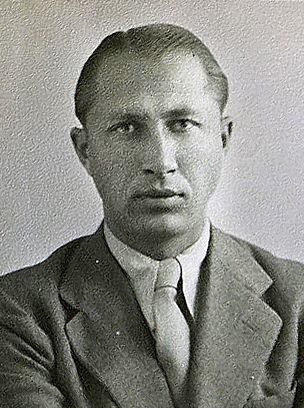
For those who don’t know who Dushan Popov is, he is one man who is thought to have inspired Ian Fleming’s James Bond. Popov knew how to live the high life during the 1940s. He was believed to have been a German spy, mainly collecting information from the Americans for the Axis Powers. However, he was a double-agent who was also working for Britain. While he was working for Britain, there were rumors that the Japanese had been planning on attacking one of the naval bases. He was instructed to information about a possible attack straight to the FBI.
He did as he was told, and once he arrived in America, he went straight to the FBI director J. Edgar Hoover. However, instead of being immediately taken to see the director, he was told he had to wait and set an appointment. While waiting, Popov decided to rent a penthouse and partied with the rich and famous of the time. Because of his risky behavior, Hoover was furious. Hoover threatened to throw Popov in jail for violating the Mann Act. Sadly, due to Hoover’s anger, Popov wasn’t able to tell him the information he had obtained from his spying.
-
A promise to Mrs. Lincoln and Lincoln’s assassination
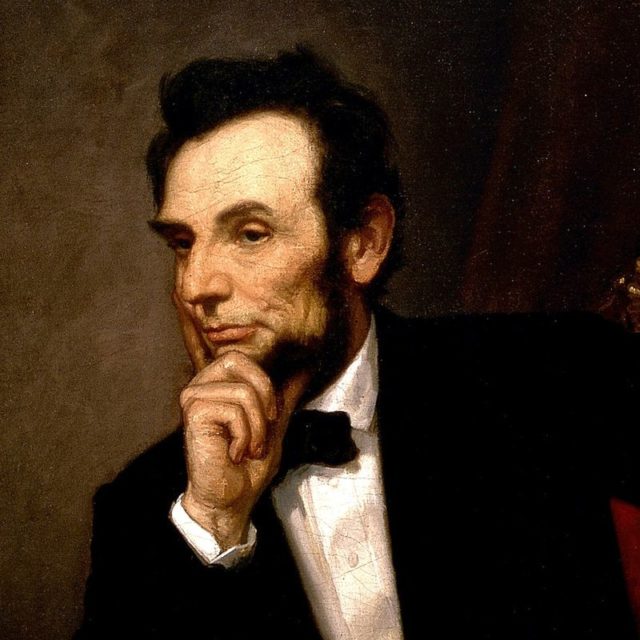
There are many theories and myths that people believe when it comes to Abraham Lincoln’s death. What you may not know is that killing him that day was not the original plan. Instead of being shot, he was supposed to be kidnapped and taken hostage. After John Wilkes Booth and his comrades changed their mind, Lincoln had a dream that he was going to be killed. In fact, the dream had bothered him so much that he told his bodyguard William H. Crook. Crook had told Lincoln not to go to the theater that night. However, Lincoln had promised his wife that he would go. He knew there was a possibility of him not returning home that night.
-
Civil War conflicts
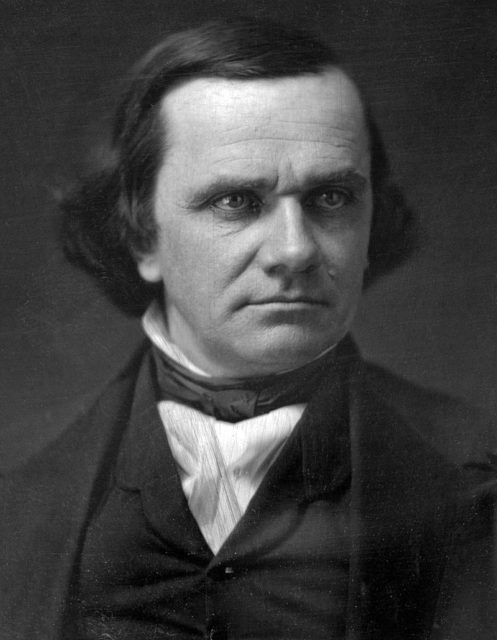
Illinois’ senator, Stephen Douglas, had invested in Chicago real estate. This would increase in value if there was a railroad terminus in the city. Because of this, Douglas had supported a northern route over a southern route for the railroad. While this seems like he was doing it for the city, the greedy man was most likely building this for his own benefit and wealth.
In order to secure the northern routes, he had to agree to repeal the Missouri Compromise. This paved the way to have slavery legalized in Kansas and Nebraska. The theory was that Douglas had wanted the territories to decide on the issue of slavery. This removed the problem nationally. However, the Kansas-Nebraska Act had caused national outrage, throughout the North. This led to a small period of conflict known as Bleeding Kansas. The conflict over Kansas had become such an issue that when Senator Charles Sumner condemned slavery, he was nearly beaten to death by a cane from a member of the House. This act eventually led to the first conflicts in the American Civil War.
-
Roosevelt the conservationist
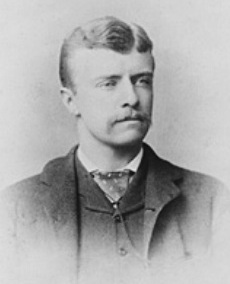
Teddy Roosevelt is known as probably one of the greatest American presidents. It is thought that thanks to Roosevelt that the conservation system exists as it does today. The president protected almost 230,000,000 acres of public land. He set aside 51 Federal Bird Reservations, four National Game Preserves, 150 National Forests, five National Parks, and 18 National Monuments.
So why did he decide to conserve in the first place? In some of his writings, it had said that he was concerned by the rapid deterioration of the wildlife. John Muir, a conservationist, wrote to Roosevelt and asked for the two of them to go camping for four days in Yosemite. Roosevelt the invitation, and the beauty of the natural landscape there inspired him to expand the National Parks.
-
Norsemen won’t trade weapons, end up losing a colony
A Norse explorer, Thorfinn Karlsefini, heard of the dark-skinned “Skaelings,” or Native Americans and wanted to immediately trade with them. He heard about these Natives from other Norse explorers in the 11th Century. Karlsefini went to the New World hundreds of years before the Spanish, French, or English. He brought along roughly 65 other people.
After making contact with the Natives, Karlsefini told his men not to trade any weapons, but instead trade dairy products. However, the meeting between the Norsemen and the Native Americans did not go well. One of the men killed a Native after he reached for the Viking’s weapon. Because of this, the Natives retreated into the forest. Karlsefini feared the men would be back with their own weapons and more men. The Norse settlement was eventually abandoned. What would have happened if the Norse had stayed?
-
Sweet cherries, open Japan, and a dead president

In 1852, a US Navy Commodore, Matthew Perry, was dispatched to open Japan to international trade, something the Japanese Government vehemently opposed, even by force if it was necessary. This was all made possible by President Millard Fillmore. He would never have reached office had it not been for sweet cherries and a glass of milk.
In 1850, President Zachary Taylor had this snack after a holiday fundraiser. Immediately he became ill, and he eventually died as a result of them. It was most likely gastroenteritis from the fruit. This was when Fillmore took over and made history by dispatching Perry.
-
Vice President’s wife is a bully
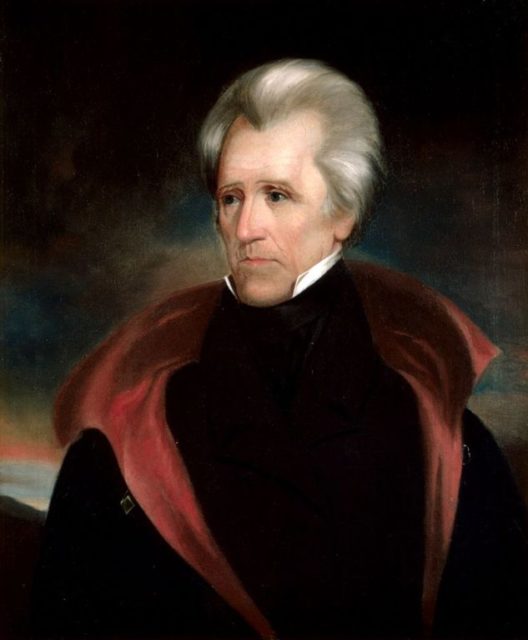
Throughout any country’s history, there are some rather embarrassing reasons for political conflicts. In American history, one of those conflicts was the Petticoat Affair.
It began when John Henry Eaton married the widow Peggy Timberlake. This was an outrage because she hadn’t waited for the appropriate mourning period by 1830 standards before marrying again. Because of this, the Second Lady Floride Calhoun began an Anti-Peggy campaign.
President Andrew Jackson felt sorry for the lady. He had his own issues such as that with his late wife, especially during his election. This resulted in him appointing Henry Eaton, the Secretary of War, as a mediator between the women. However, this resulted in a turn for the worse. When Jackson ran for a second term, Martin van Buren became the vice president, and Calhoun had to move back to South Carolina where he took a seat in the US Senate.
-
Constipation saves the Plymouth colony
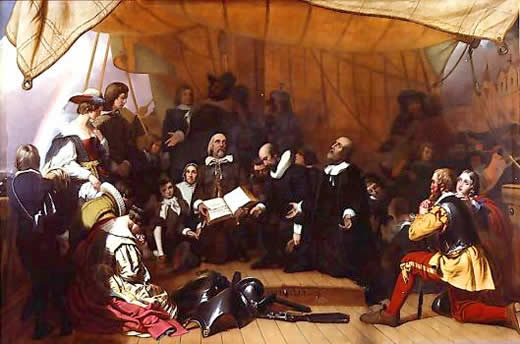
After landing at Plymouth Rock, the colonists weren’t in for an easy time, and they definitely didn’t want to add angry natives to their list of problems. In order to curry favor with the tribes, the Plymouth settler Edward Winslow offered to cure their chief, Chief Massasoit, from constipation. Winslow gave the chief broth and a “mouth cleaning.”
Because of this, Massasoit’s friendship with the Plymouth tribe resulted in the Wampanoag remaining neutral in the Pequot War in 1636. The tribe also saved the Pilgrims from starving to death. They taught the colony how to farm and catch fish in the New World.
